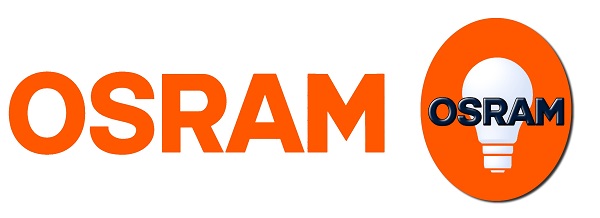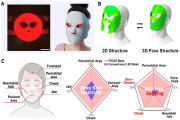Osram Opto Semiconductors is coordinating the project with four partners from industry and research
 |
|
(Osram/ LEDinside) |
Given the growing demands placed on the electrical, optical and thermal functionality of LEDs, engineers are paying more and more attention to the advancement of new material properties. To this end, the FLINGO project (Functional Inorganic Layers for Next Generation Optical Devices) was established to develop new materials (layers, in particular) and processes to improve the efficiency and durability of LEDs. As the project coordinator, Osram Opto Semiconductors is working with renowned universities, research institutes and companies to maintain and improve market leadership in innovative LED products. The German Federal Ministry for Education and Research is sponsoring the FLINGO project – set to run through January 2020 – as part of the M-ERA.NET EU initiative, an EU-financed network set up to support the coordination of European research projects.
In the FLINGO project, researchers will investigate and combine different deposition methods for thin films such as atomic layer deposition, spray pyrolysis and the sol gel process for manufacturing high-quality LED light sources. Under the leadership of Dr. David O’Brien from Osram Opto Semiconductors, the project partners will be working on the entire bandwidth of new component properties – including extended lifetime, smaller electrical layer resistance and improved light extraction. These require new materials and innovative or adapted deposition processes. “The project objectives can only be achieved with the assistance of a broad-based consortium because they call for improvements, new developments and especially expert know-how across the entire value added chain,” explained O’Brien.
Interdisciplinary expertise from five project partners
The members of the FLINGO project in addition to Osram Opto Semiconductors are: Uninova from the New University of Lisbon; the Finnish thin film technology company Picosun Oy; the Fraunhofer Institute for Silicate Research ISC in Würzburg; and Vilnius University. Fraunhofer ISC provides support with its proficiency in the development of new inorganic layer systems which are to be used as the matrix for sensitive converter materials. Uninova adds its expertise in the manufacture of highly transparent and highly conductive layers which are needed for the p-contact in the LEDs. Picosun Oy is developing atomic layer deposition (ALD) processes and new materials to ensure conformal coating of even heavily structured surfaces. The Institute for Applied Research at Vilnius University provides specialist knowledge in the development and characterization of non-destructive material properties and will analyze the new layers and layer systems developed in the FLINGO project.
As an end user of the technologies developed in FLINGO, Osram Opto Semiconductors will ultimately transfer the new thin layers and layer systems to its LEDs to test them for their suitability for the mass market. “The results of the project should lead to highly efficient and durable white light LEDs with possible applications in general lighting for example,” added O’Brien. “Our intention here is to improve our competitiveness and that of European industry in this field.”





 CN
TW
EN
CN
TW
EN






